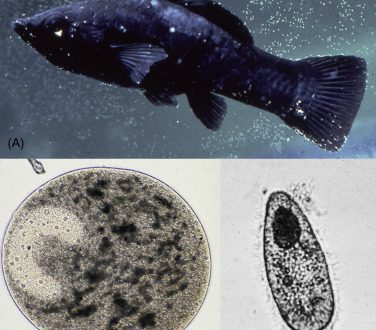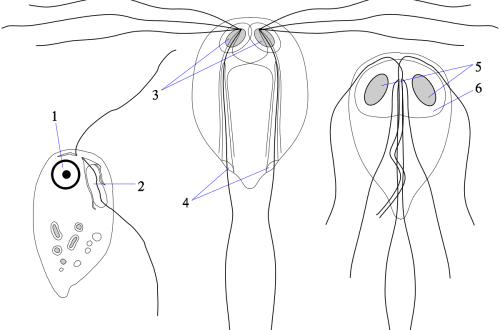
Iridovirus
Iridoviruses (Iridovirus) belong to the extensive family of Iridoviruses. Found in both freshwater and marine fish species. Among ornamental aquarium species, iridovirus is ubiquitous.
However, the most severe consequences are caused primarily in gourami and South American cichlids (Angelfish, Chromis butterfly Ramirez, etc.).
Iridovirus negatively affects the spleen and intestines, causing irreversible damage to their work, which in most cases leads to death. Moreover, death occurs in just 24-48 hours from the moment the first symptoms appear. This rate of disease often causes local epidemics in breeders and fish farms, causing significant financial losses.
One of the strains of iridovirus causes the disease Lymphocystosis
Symptoms
Weakness, loss of appetite, change or darkening of color, the fish becomes lethargic, practically does not move. The abdomen may be noticeably distended, indicating an enlarged spleen.
The causes of the disease
The virus is highly contagious. It enters the aquarium with sick fish or with the water in which it was kept. The disease spreads within a specific species (each has its own strain of the virus), for example, when a sick scalar comes into contact with gourami, infection will not occur.
Treatment
There are currently no effective treatments available. When the first symptoms appear, sick fish should be isolated immediately; in some cases, an epidemic in a common aquarium can be avoided.




